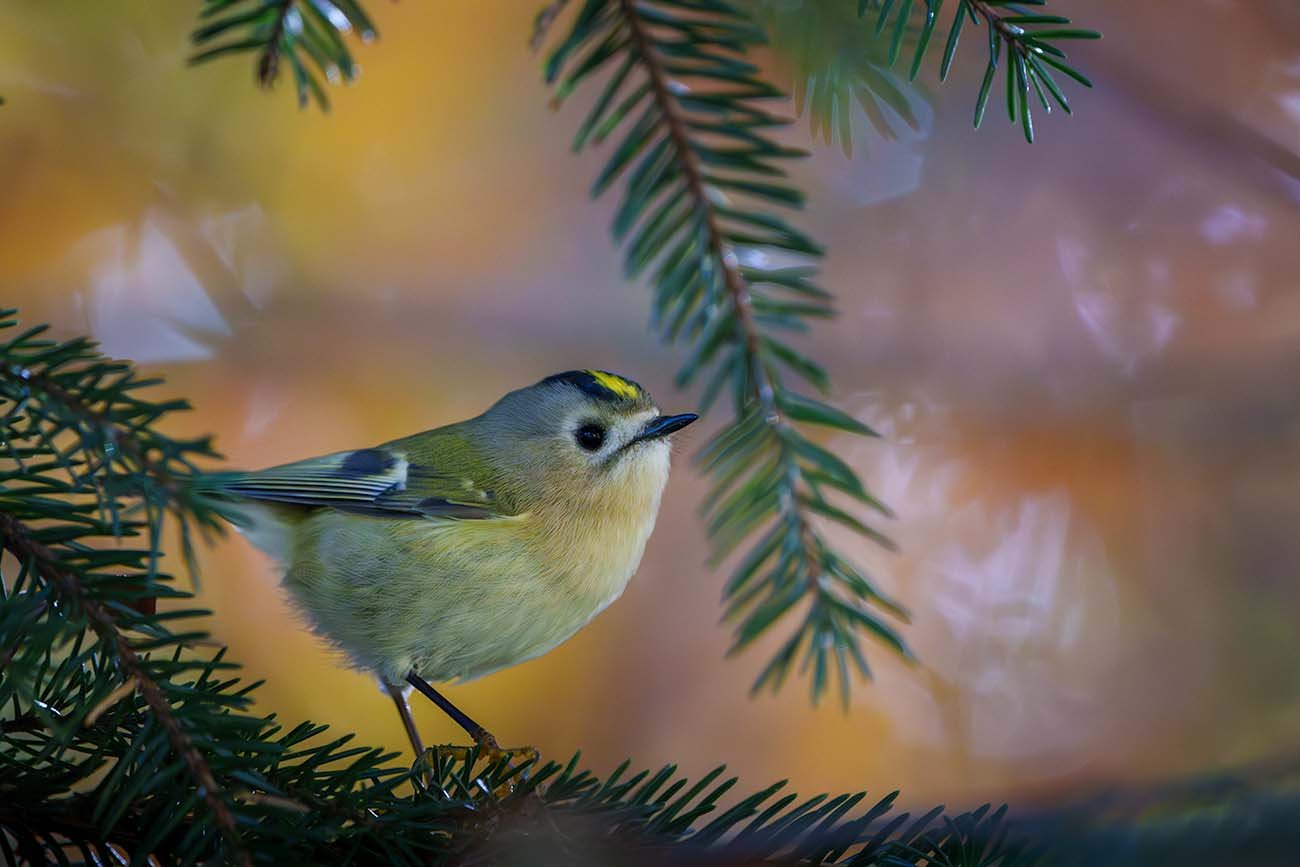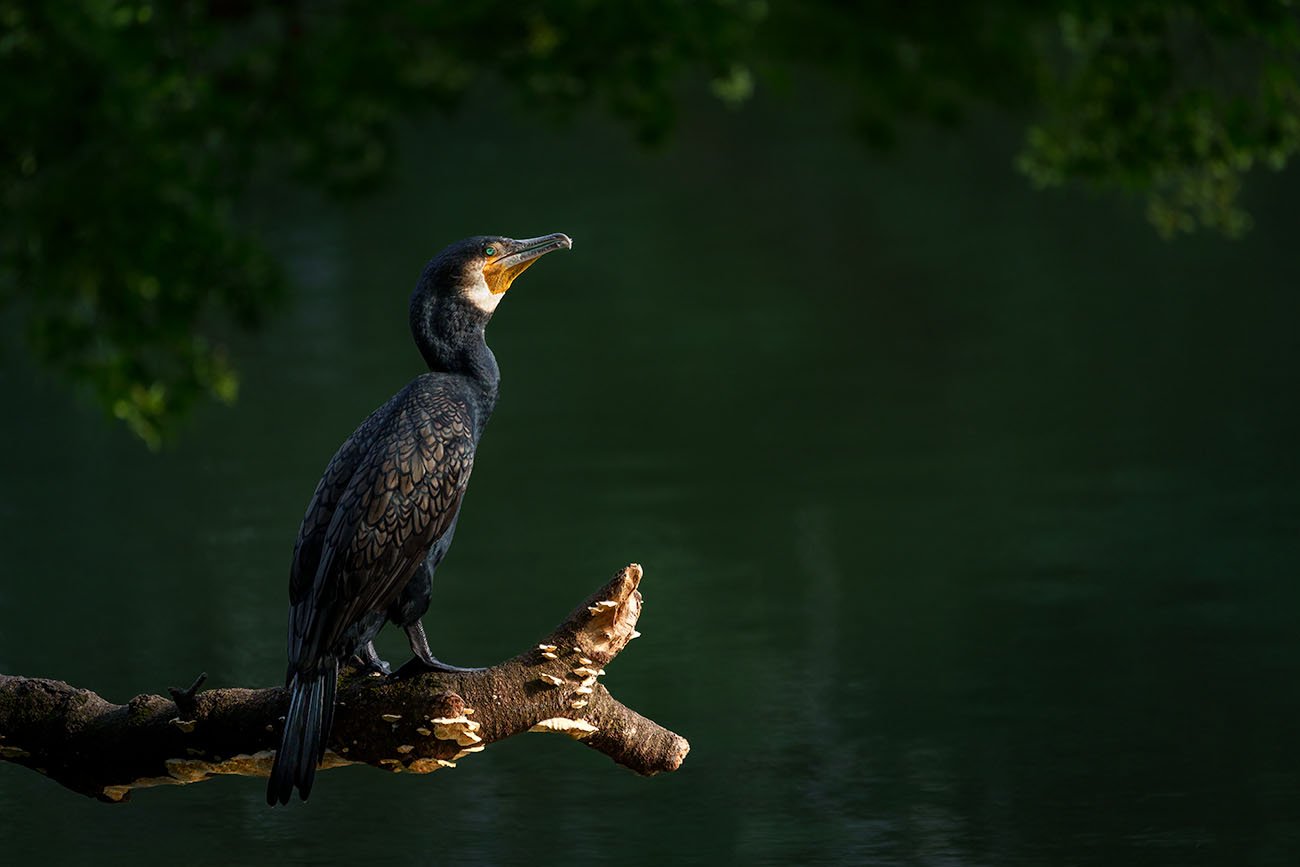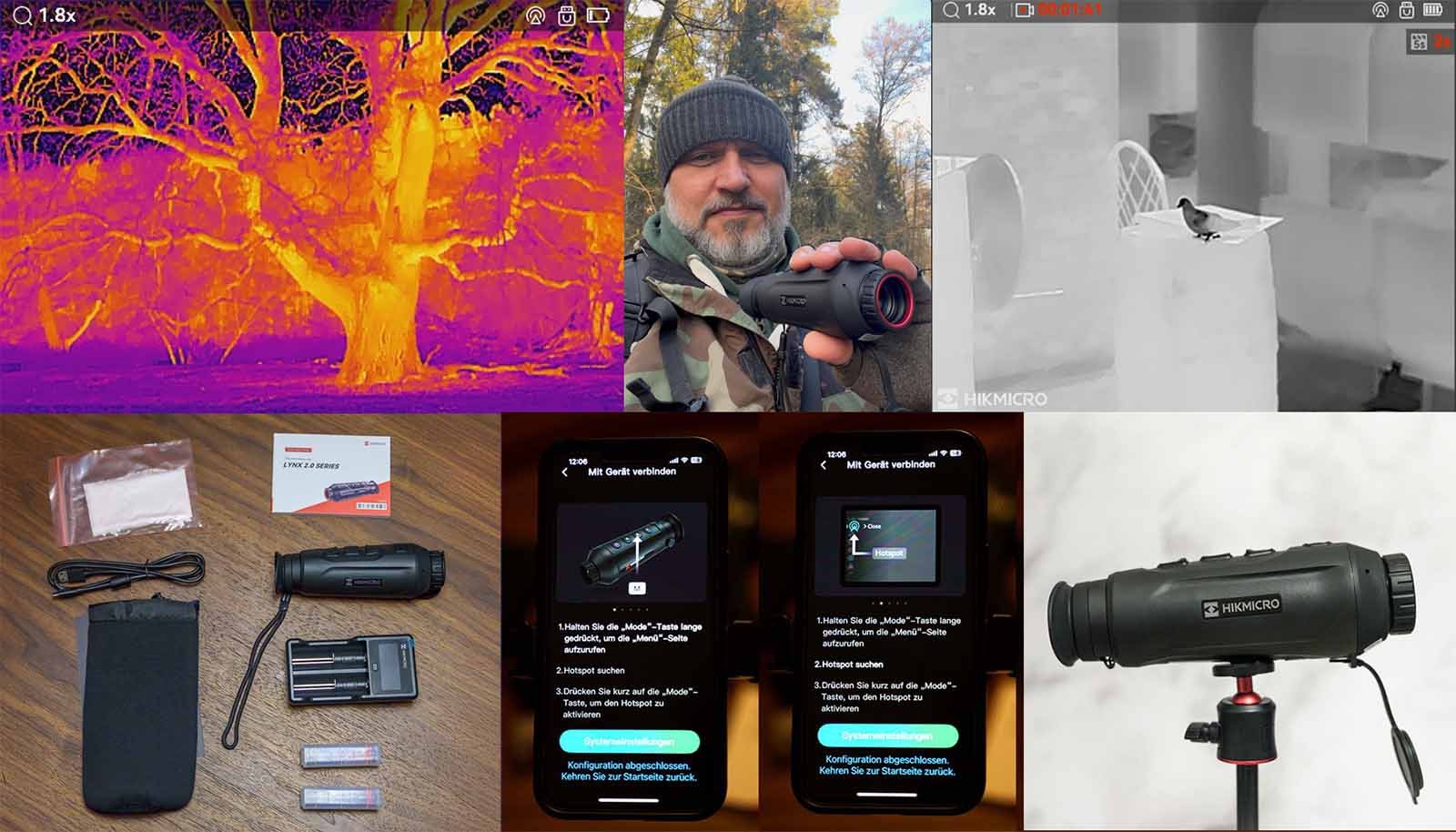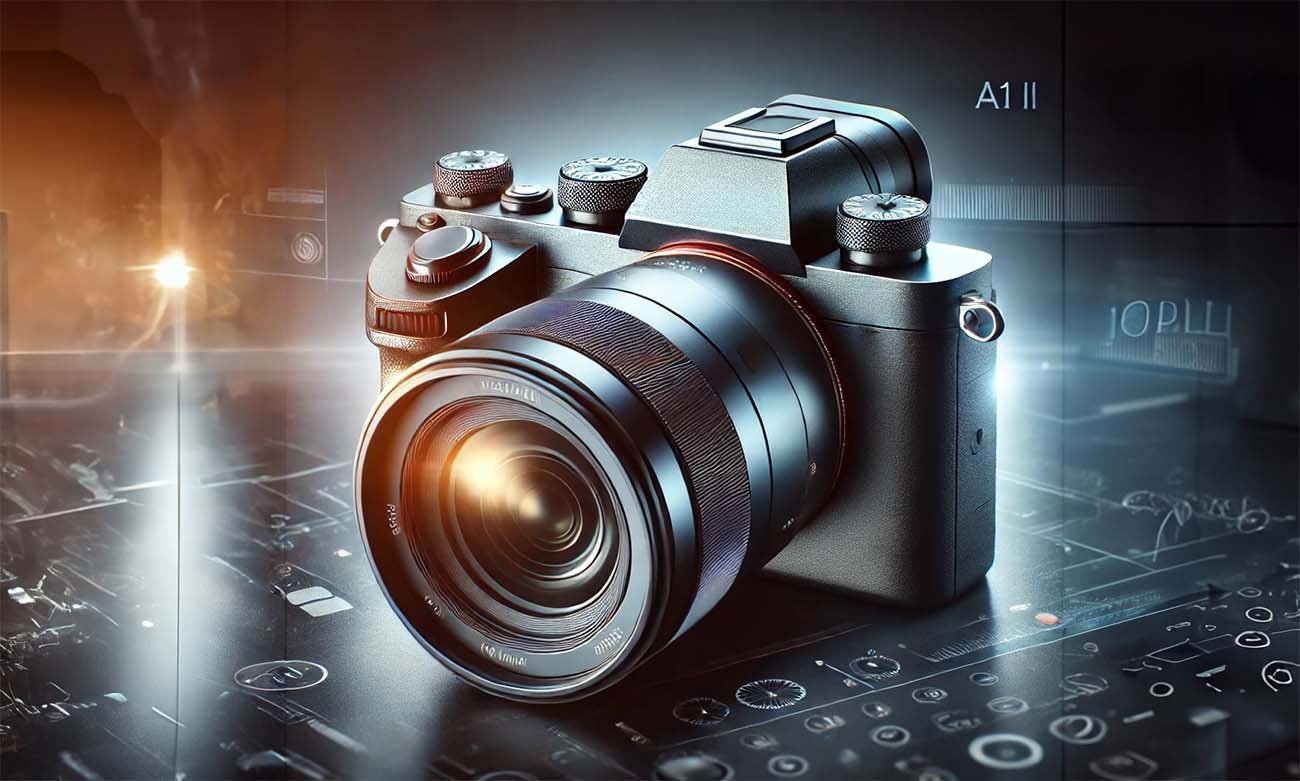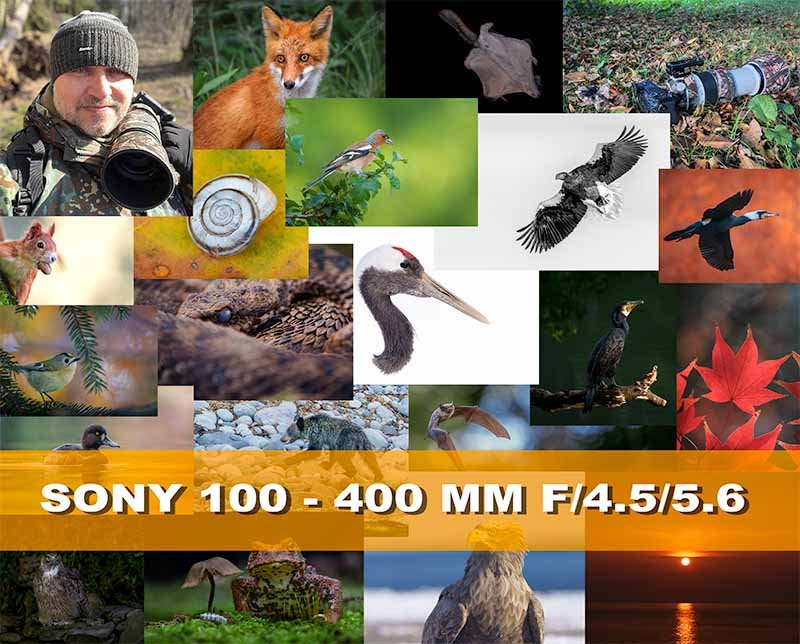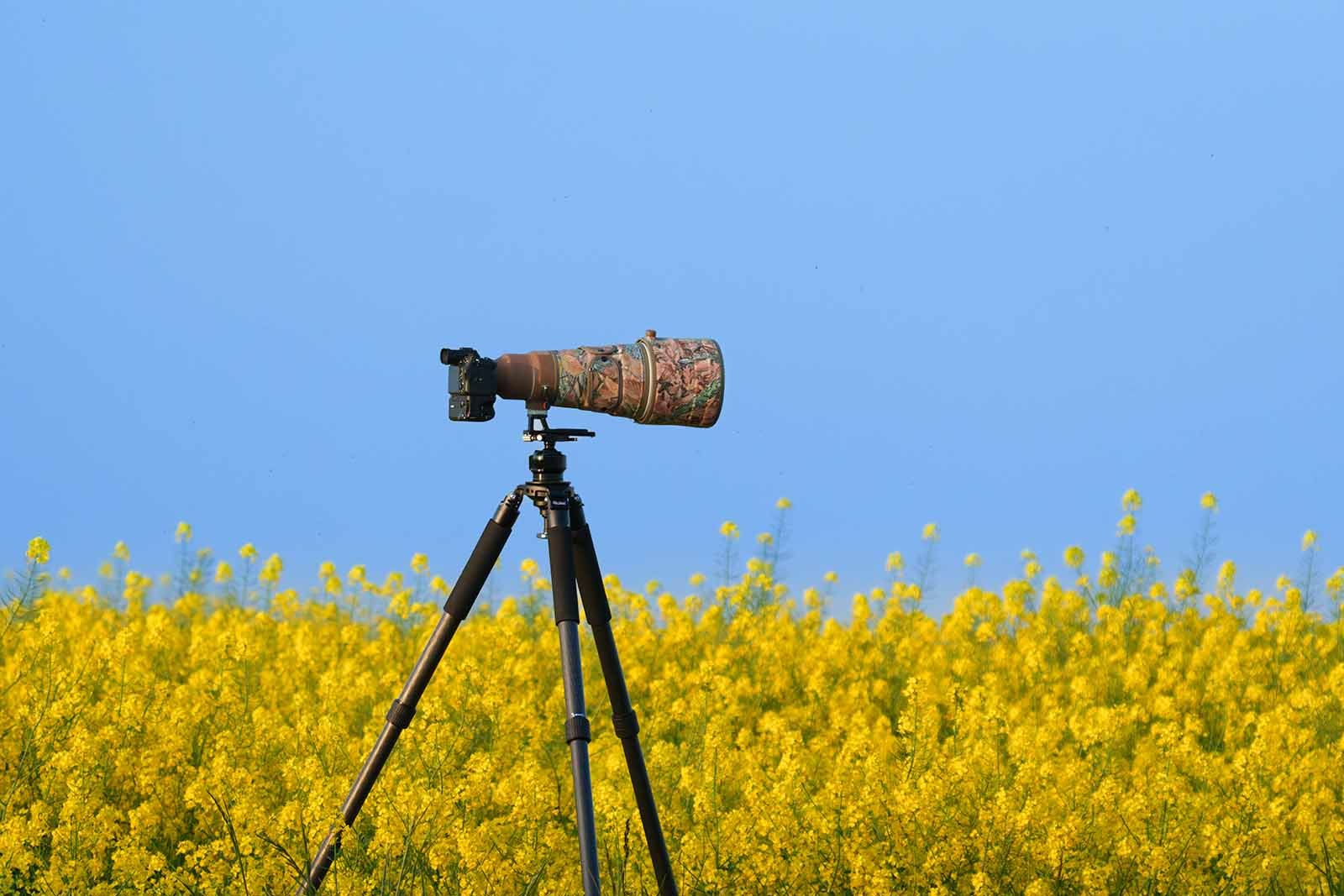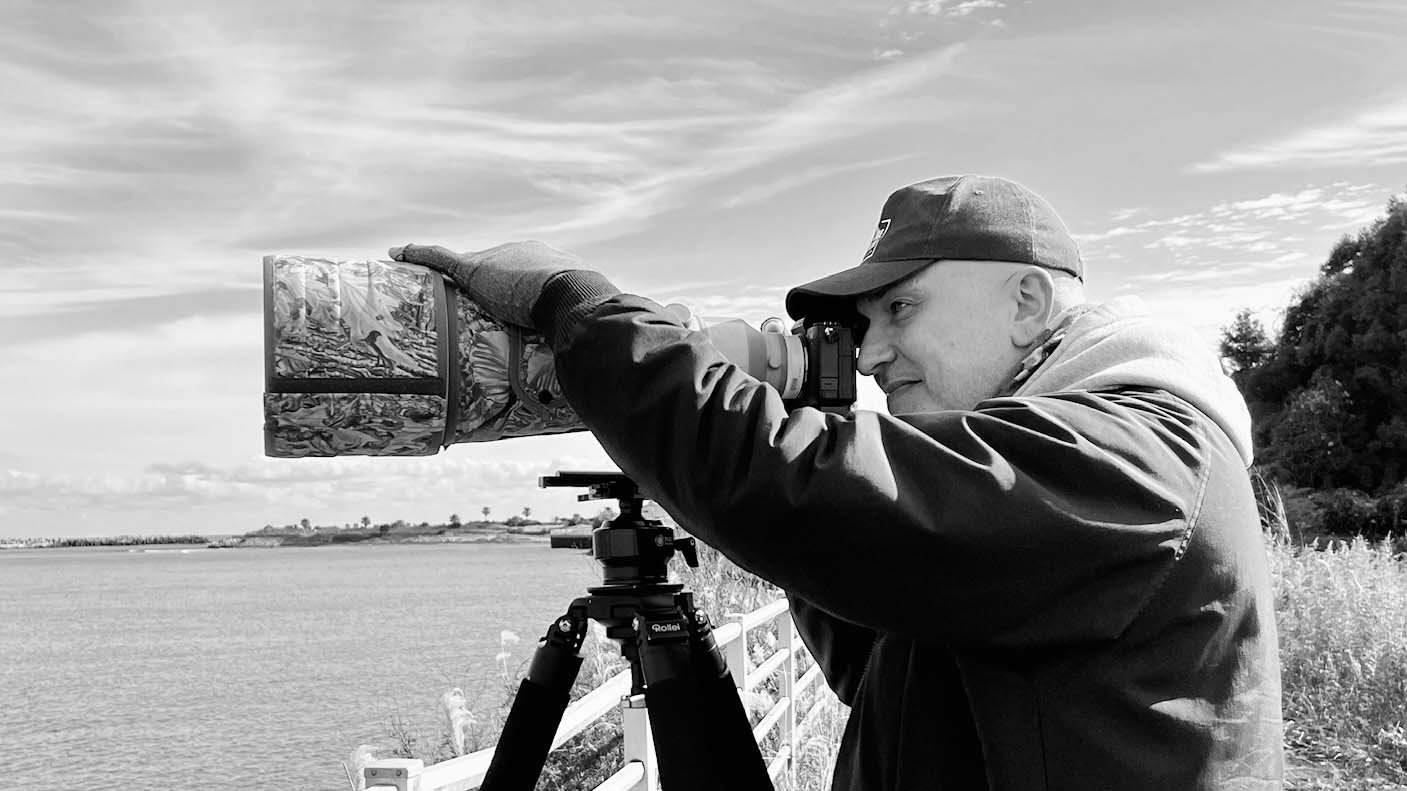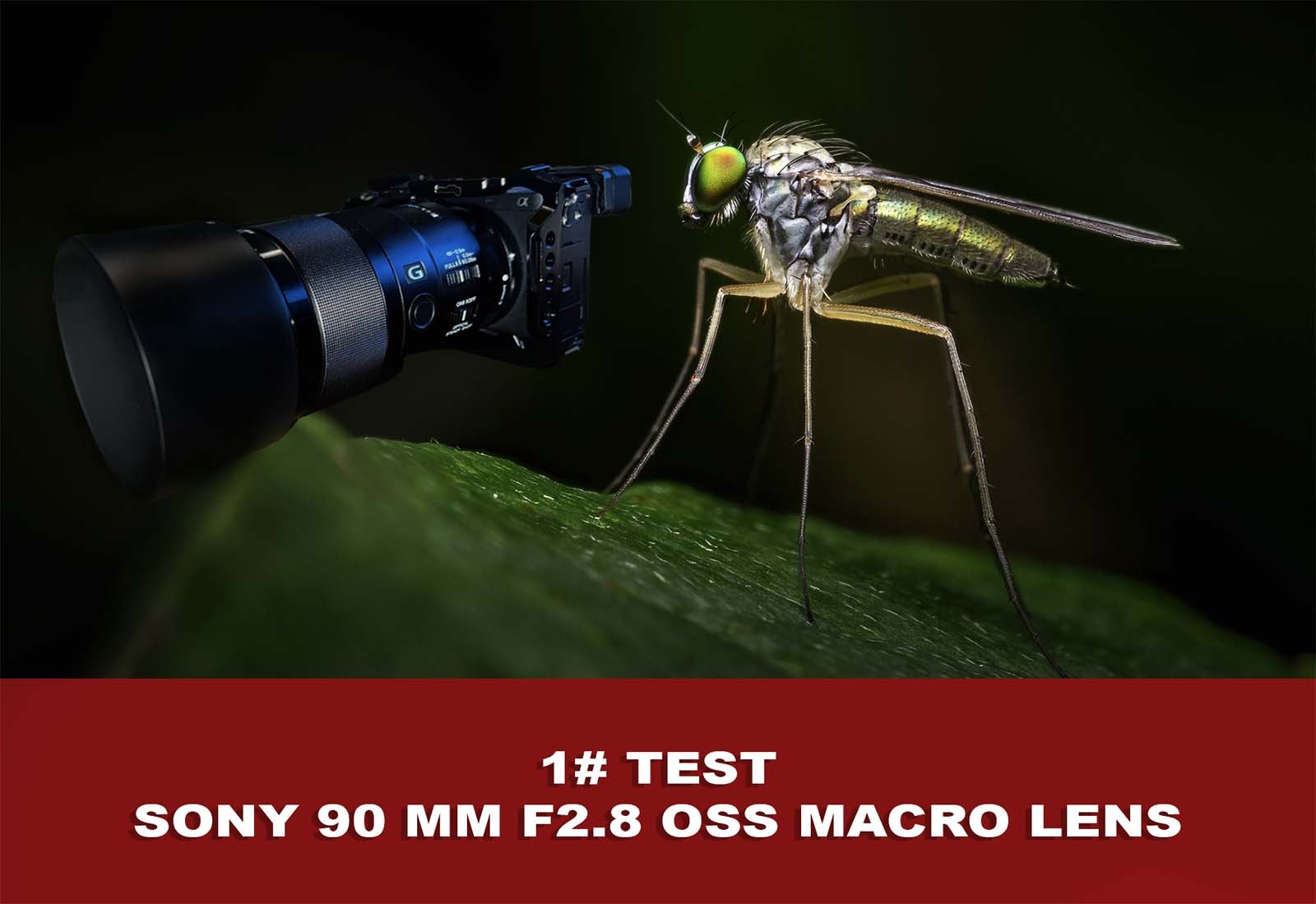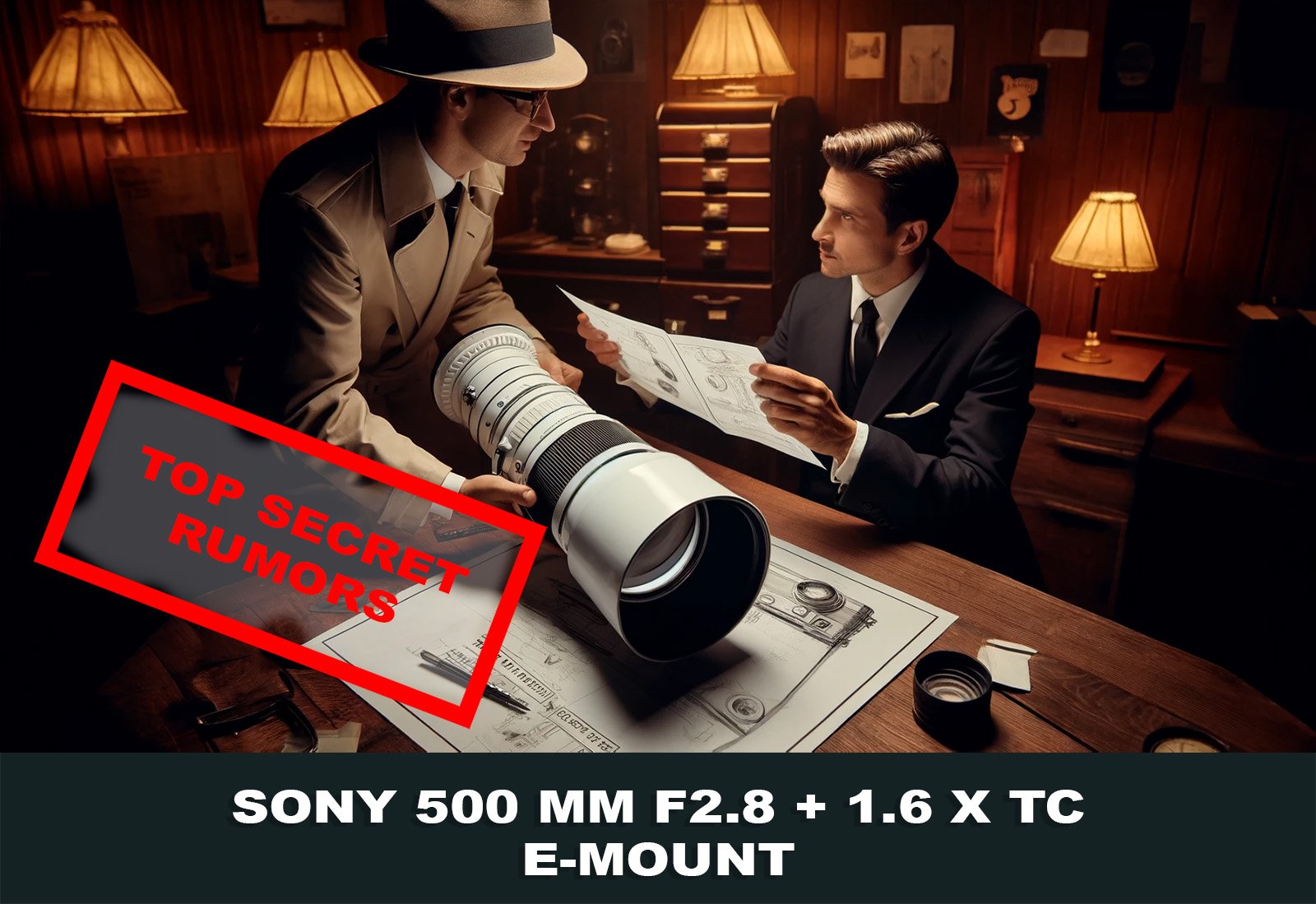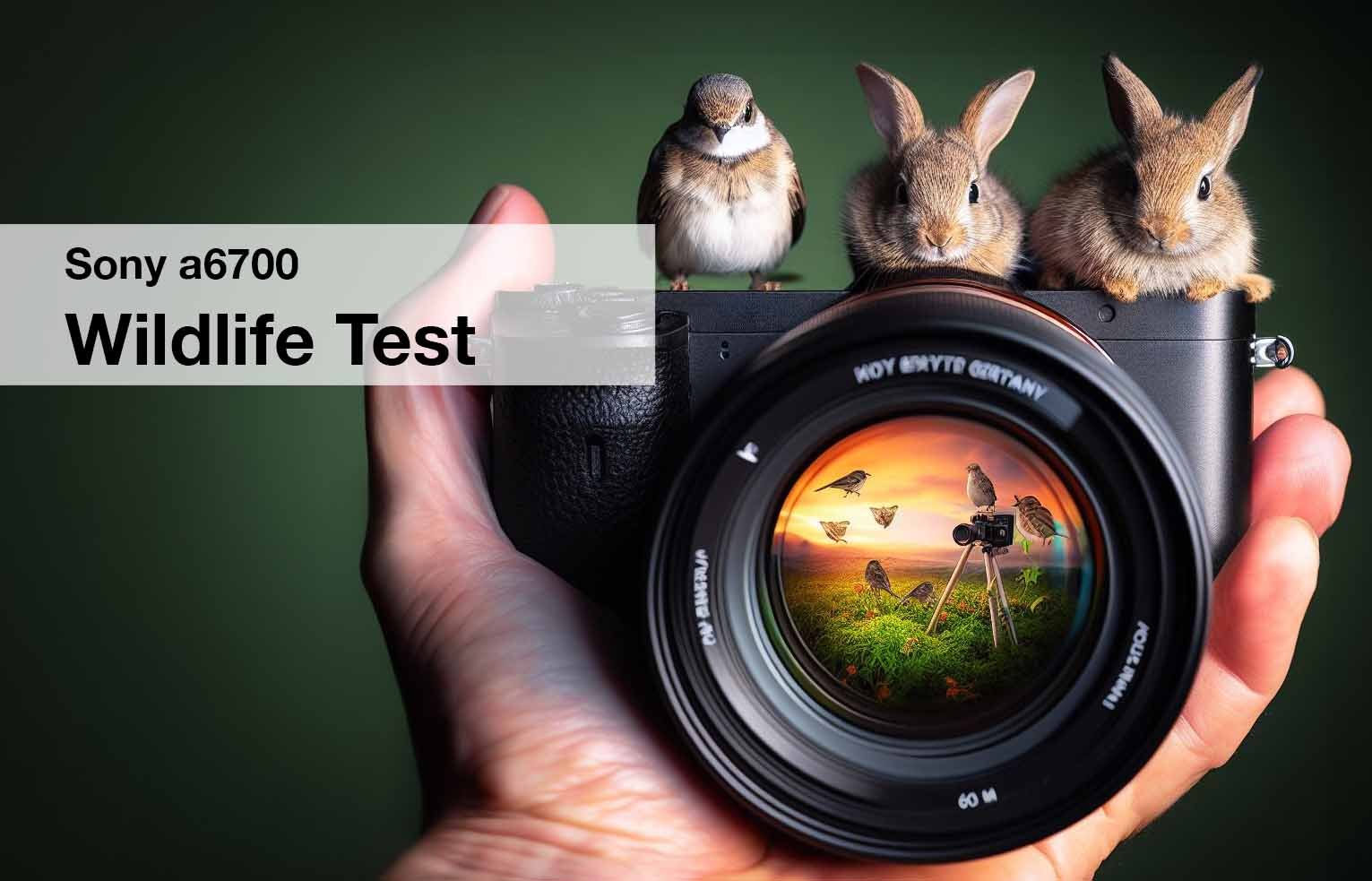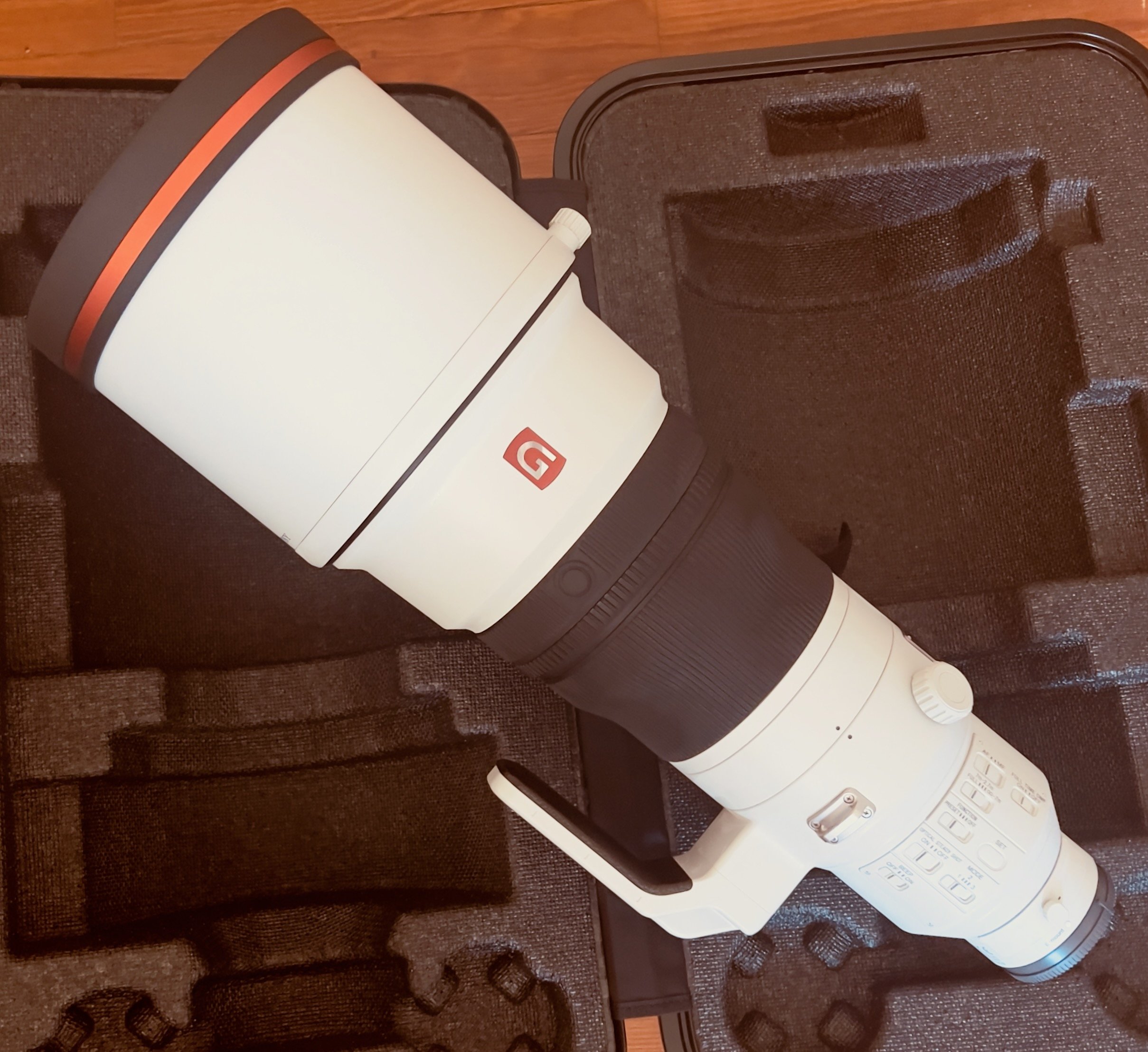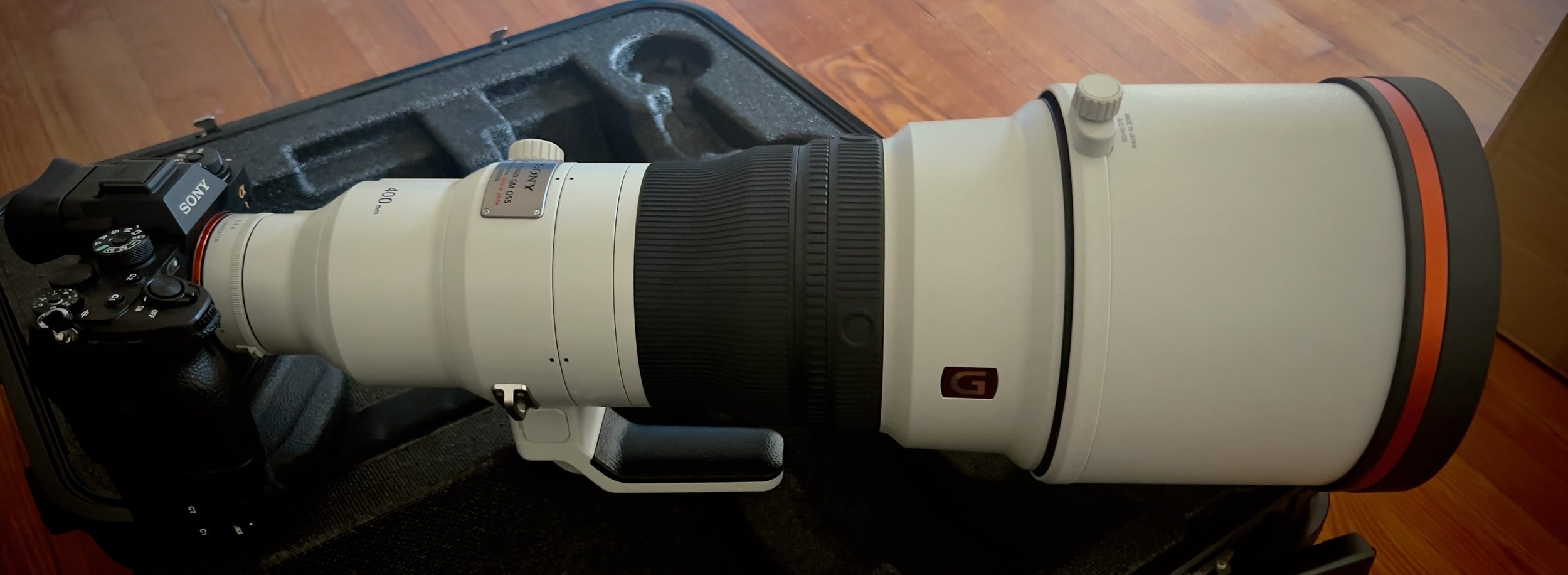Sony 100-400 mm GM OSS: What You Didn't Know Before!
Since 2021, I have gained experience in wildlife photography with the Sony 100–400 mm f/4.5-5.6 GM OSS
Table of Contents
- Introduction
- Technical Specifications
- Personal Experience with the Sony FE 100-400 mm f/4.5-5.6 GM OSS
- Conclusion
- Pros & Cons
- FAQ
Introduction
Since August 2021, the Sony 100-400 mm f/4.5-5.6 GM OSS has been part of my camera gear. For the past three years, I've used this lens a lot for wildlife photography. Its standout features are its fast autofocus, lightweight design, and excellent image quality, which helps me capture clear and sharp photos.
Steller's sea eagle (Haliaeetus pelagicus) Hokkaido, Japan: Sony a7 R IV + Sony 100–400 mm f/4.5/5.6
The Lens: A Leader in Super Telephoto Zoom
When it first came out in 2017, this lens was the first super-telephoto zoom lens for Sony's E-Mount that could zoom up to 400 mm. It was also the first super-telephoto zoom lens in Sony's premium "G Master" series.
Still Powerful After 7 Years
Even after seven years, this lens remains highly capable. It works great with the newest Sony cameras, whether it's high-resolution models like the 60 MP Sony a7 R V or cameras with fast burst shooting speeds like the Sony A1 or Sony a9 III. The image quality and autofocus performance are still top-notch.
Technical Specifications
Powerful lightweight: Sony a6700 + Sony 100–400 mm f/4.5/5.6
Powerful Super Telephoto Lens: Sony FE 100-400 mm f/4.5-5.6 GM OSS
- Focal Length: 100-400 mm (150-600 mm on APS-C cameras like Sony a6700)
- Aperture Range: f/4.5-f/5.6
- Image Stabilizer: Optical SteadyShot (OSS)
- Autofocus: XD Linear Motors & Direct Drive SSM (DDSSM)
- Weight: 1395 g (without tripod mount)
- Size: 93.9 x 205 mm
- Filter Size: 77 mm
- Teleconverter Compatible: Yes, works with Sony TC 1.4x & Sony TC 2x
- Minimum Focus Distance: 98 cm
- Mount: E-Mount
- Aperture Blades: 9 for smooth bokeh
- Lens Elements / Groups: 22 elements in 16 groups
- Max Magnification Ratio: 1:2.8
- Compatible with APS-C Cameras: Yes, like the Sony a6700
Personal Experience with the Sony FE 100-400 mm f/4.5-5.6 GM OSS
The zoom range of 100 to 400 mm makes this lens very useful for wildlife photography. In this section, I'll share why I bought this lens, what it's good at, and where it has some limitations.
Why Did I Buy the Sony 100-400 GM?
Red squirrel (Sciurus vulgaris) Nuremberg: Sony a6700 + Sony 100–400 mm f/4.5/5.6
The Sony 100-400 mm GM has many features that are ideal for nature photography: fast autofocus, excellent sharpness, and compatibility with high-resolution cameras and fast shooting speeds. Another benefit is that it works with teleconverters, allowing it to zoom up to 800 mm, though it weighs about 1400 g plus 209 g for the TC2x converter. With an Arca-Swiss compatible foot and a lens cover, my setup weighs 1659 g.
I chose this lens because I wanted a portable and versatile telephoto zoom. Its compact design and relatively low weight make it ideal for long photo tours or hikes. I especially enjoy using it when scouting locations or traveling, as it combines portability with excellent image quality.
What is the Lens Especially Good For?
Ezo Red Fox (Vulpes vulpes schrencki) Hokkaido, Japan: Sony a1 + Sony 100–400 mm f/4.5/5.6
This lens is great for photographing animals you can get relatively close to. In national parks or areas where animals are less shy, the 400 mm zoom with an aperture of f/5.6 is a great starting point. The minimum focus distance of 98 cm also gives it almost "macro" capabilities, which makes it even more versatile. Being able to extend the zoom to 560 mm with the 1.4x teleconverter is another advantage. Even at f/8, the image quality remains excellent. The minimum focusing distance of 98 cm remains unchanged with the teleconverter.
If you're looking for a flexible telephoto lens that can handle different types of photography, this lens is a fantastic option.
Macro property of the Sony 100 - 400: Sony a1 + Sony 100–400 mm f/4.5/5.6
What is it Less Suitable For?
This question is a bit more challenging, but I'll break it down:
The Sony 100–400 mm f/4.5-5.6 is versatile and also suitable for landscape photography, camera: Sony a6700
Before buying the Sony 100-400 mm GM, it's important to consider what you plan to use it for. If you mostly want to take pictures of birds or distant, shy animals, this lens might not provide enough reach. With a maximum zoom of 400 mm and an aperture of f/5.6, you are on the lower end of the super-telephoto range. Bird photographers or wildlife photographers who shoot from long distances often need more reach. In such cases, a lens with at least 600 mm would be a better choice.
Using the 2x teleconverter, which extends the zoom to 800 mm, isn't always the best option. The aperture drops to f/11, which is challenging in low light conditions. Also, with the 2x converter, the image quality drops, which doesn't match the typical high performance of this lens, especially considering the cost.
If you plan to shoot videos, the zoom of the Sony 100-400 mm GM isn't very smooth. When zooming, the lens tube extends, and it can be stiff, making it difficult to achieve smooth, jerk-free zooming. The whole process creates corresponding sounds, which are also captured on video.
The same issue applies when using a hide for photography: Any movement, no matter how small, can scare away the animals. This problem is common with lenses that extend when zooming, as they need more force and the lens tube moves visibly.
Why I Would Not Use the 100-400 mm GM as My Main Lens
With 1.4x teleconverter at 560 mm: Sony a1 + Sony 100–400 mm f/4.5-5.6 + TC1.4
Even though the Sony 100-400 mm GM has many strengths, I wouldn't use it as my main lens for nature photography. The biggest reason is the limited zoom range. Even with the 1.4x teleconverter that extends the range to 560 mm, the aperture of f/8 often isn't enough, especially in the early morning when the light is low. In these situations, I would reach the limits of the lens and not get the best results.
When I say "main lens," this can be a little misleading. There isn't a single lens that works perfectly for every type of photography. Every lens has its strengths and weaknesses, and you should choose your gear based on your needs. For hobby photographers, gear is often chosen to be more general-purpose because professional gear can be costly.
That's why it's important to know what you plan to use a lens for before making the investment. A Sony 100-400 mm GM with these features should be chosen carefully, especially if you want to get the most value for your money.
Here are some examples to help you decide:
Example 1: The Sony 200-600 mm f/5.6-6.3 G costs less and gives you similar image quality and autofocus performance. It also works well with Sony's latest cameras. If you don't mind carrying a heavier lens, it could be a cheaper option with more zoom.
Example 2: Alternatively, the Sony 100-400 mm GM can be paired with a Sony APS-C camera like the Sony a6700 to create a powerful, lightweight setup. With the APS-C sensor's 1.5x crop factor, you get an equivalent zoom of 150 to 600 mm (APS-C sensors image section), which is great for longer tours where you need both reach and mobility.
Tufted duck (Aythya fuligula): Sony a6700 + Sony 100–400 mm f/4.5/5.6
Conclusion
The Sony FE 100-400 mm f/4.5-5.6 GM OSS is an excellent lens for wildlife photographers who require a compact and versatile option. Its fast autofocus, great image quality, and compatibility with teleconverters make it a reliable choice for photography trips. The close focus distance of just 98 cm gives it almost macro capabilities, making it even more useful. It is a valuable addition to any nature photographer's gear.
For specialized uses, like bird photography from a long distance, this lens might not be the best choice, although it is still usable. In such cases, a lens with more reach or better low-light performance may be more suitable. Ultimately, the decision depends on how you plan to use the lens and your personal preferences. There is no one perfect lens that does everything – even in photography, a "one-size-fits-all" solution doesn't exist.
Pros
- Weight: The lens weighs 1395g (base weight), which is pretty light for a super-telephoto zoom. With an Arca-Swiss foot and Lens Coat, it weighs 1659g.
- Versatility: It has a flexible zoom range from 100 to 400 mm, making it great for both wildlife and landscape photography.
- Sharpness: The image quality is excellent, with sharpness even when using a wide aperture.
- Autofocus (AF): The autofocus is fast and accurate, which is great for capturing moving subjects.
- Teleconverter Compatible: You can extend the lens to 560 mm with a 1.4x converter and up to 800 mm with a 2x converter.
- APS-C Compatible: It works with APS-C cameras, like the Sony a6700, giving an equivalent zoom range of 150-600 mm.
- Image Stabilization: The Optical SteadyShot (OSS) image stabilizer is very effective and helps reduce blur.
- Macro Capabilities: It has a close focusing distance of 98 cm, which is useful for getting close-up shots, even with teleconverters.
Cons
- Zoom Mechanism: The zoom is stiff and doesn’t move smoothly, which can be a problem when filming or using it in wildlife hides.
- Zoom Lock: The "Tight" and "Smooth" settings don't make much difference in improving the zoom experience.
- Tripod Foot: The tripod foot isn’t Arca-Swiss compatible, so you would need to replace it or use an adapter plate.
- Price: This lens is on the expensive side. The Sony 200-600 mm G is a cheaper alternative.
- Zoom with Lens Barrel: The extending lens barrel can let dust get inside, which could be an issue over time.
Sony 100-400 mm GM Lens FAQ
1. Is the Sony 100-400 mm GM good for bird photography?
The Sony 100-400 mm GM can be used for bird photography, but 400 mm may not be enough for distant or shy birds. A 600 mm lens would be better for those situations.
2. How good is the image stabilizer?
The Optical SteadyShot (OSS) works well to reduce camera shake, even at 400 mm, making it helpful for handheld shooting.
3. Can I use the Sony 100-400 mm GM on APS-C cameras?
Yes, it works on APS-C cameras like the Sony a6700, providing an equivalent zoom range of 150-600 mm.
4. Is the lens good for video?
The zoom is not very smooth, making it less ideal for video if zooming is needed. It works fine for static shots.
5. How does the lens perform with teleconverters?
The lens works well with the 1.4x teleconverter but with the 2x teleconverter, making it less recommended, it loses light and sharpness










